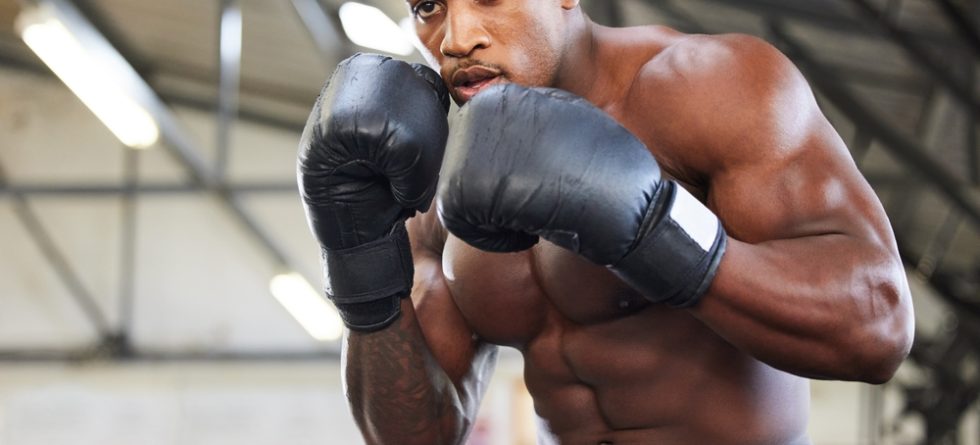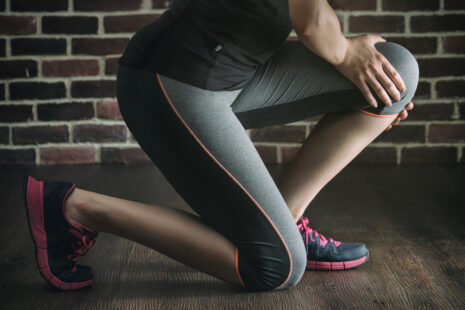Boxing is a physically demanding sport that engages a wide range of muscles throughout the body. Effective boxing requires the coordination and strength of both upper and lower body muscles. Here are the primary muscle groups involved in boxing:
- Core Muscles: Your core muscles, including the abdominals, obliques, and lower back muscles, are crucial for stabilizing your body and generating power in your punches. A strong core allows you to rotate your hips and generate force in your punches.
- Shoulders: The deltoid muscles play a significant role in shoulder stability and are involved in both punching and defensive movements.
- Chest: The pectoral muscles are used in punching, specifically when throwing straight punches like the jab and the cross.
- Back: The latissimus dorsi and trapezius muscles are engaged during punching and defensive movements. These muscles help retract your shoulders for defense and generate power when punching.
- Arms: The biceps, triceps, and forearm muscles are heavily involved in the execution of punches. The biceps flex the elbow during punching, while the triceps extend the elbow when retracting the arm.
- Legs: Boxing requires strong leg muscles, including the quadriceps, hamstrings, and calf muscles. These muscles are essential for generating power through footwork, stability, and agility.
- Hips and Glutes: The hips and gluteal muscles play a key role in transferring power from your lower body to your upper body during punches. Hip rotation generates significant force in punches.
- Cardiovascular System: Boxing is a high-intensity aerobic activity, and it engages your cardiovascular system, including your heart and lungs. This system provides the energy and endurance required for rounds of boxing.
- Neck Muscles: The neck muscles provide stability and support, helping to absorb and distribute the force of punches to minimize head movement and potential injury.
- Forehead and Neck Muscles: These muscles help to protect the head and keep it stable during defensive movements.
- Oblique Muscles: The oblique muscles on the sides of the abdomen are important for generating rotational force during hooks and uppercuts.
In addition to these specific muscle groups, boxing involves overall body conditioning to improve endurance, agility, and balance. A well-rounded training program includes strength and conditioning exercises to enhance the muscle groups required for effective boxing, as well as cardiovascular training to improve stamina and agility.
Proper technique, footwork, and defensive movements in boxing also rely on the engagement and coordination of these muscle groups. A well-balanced workout regimen can help you build the necessary strength, power, and endurance to become a more effective boxer.



